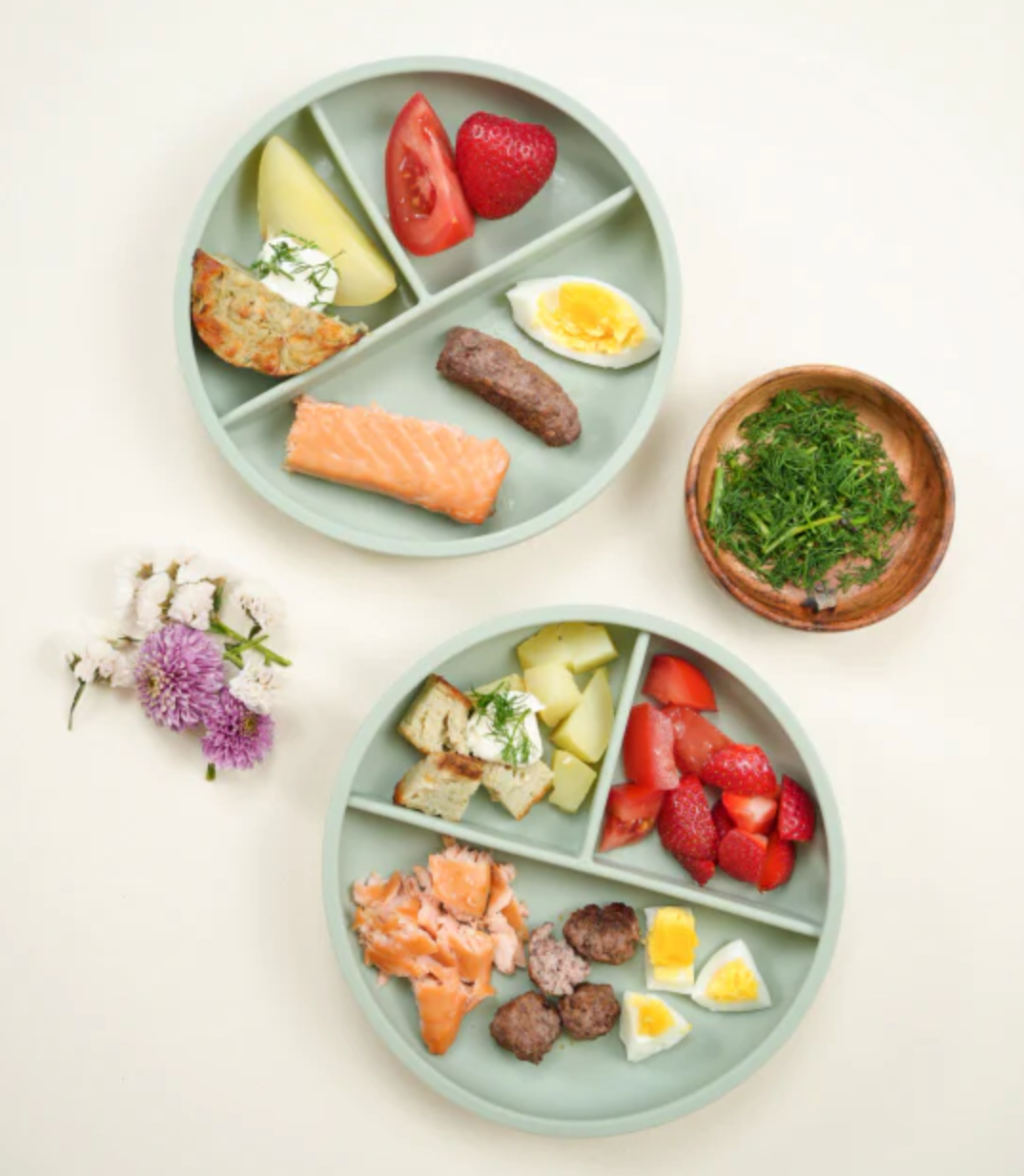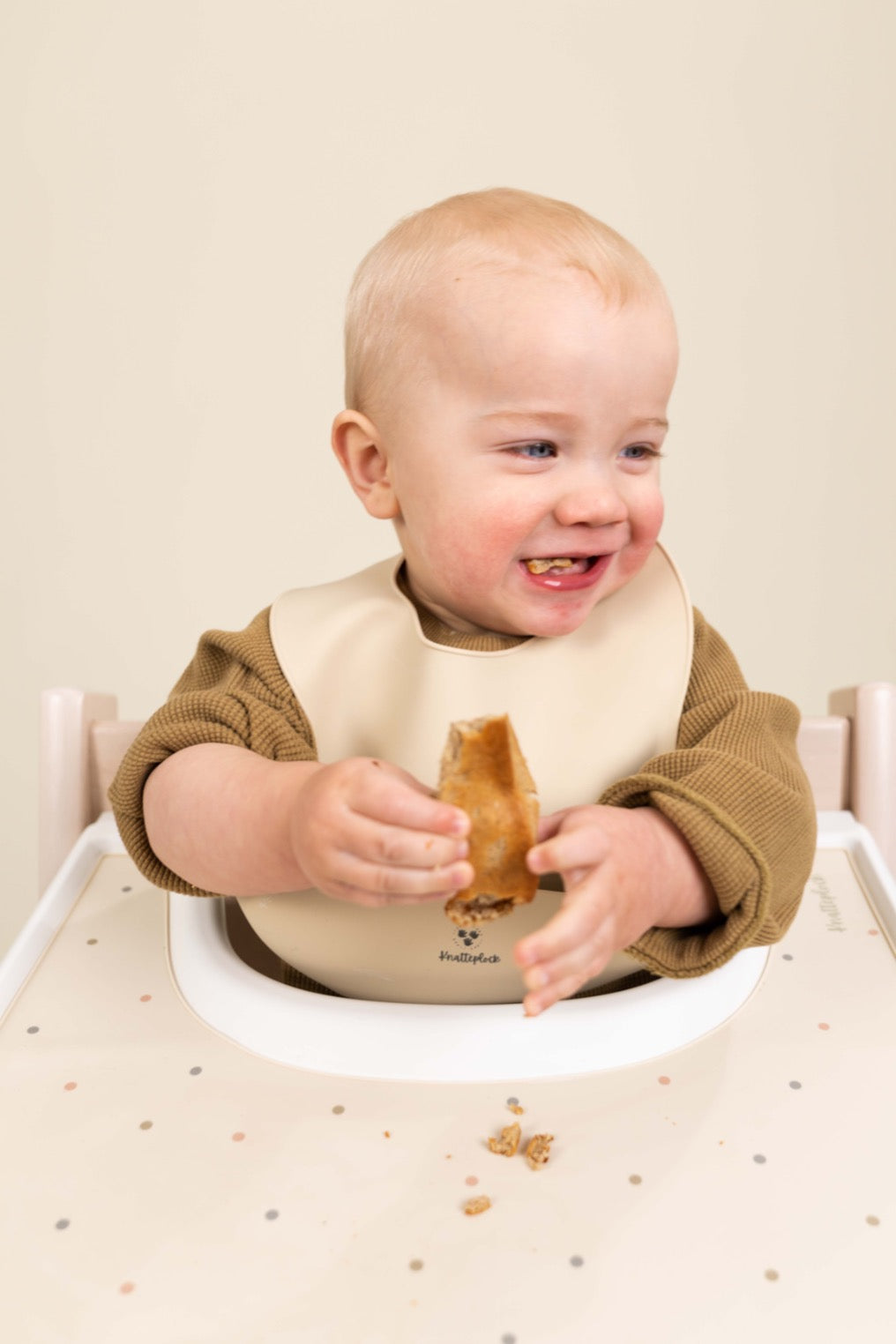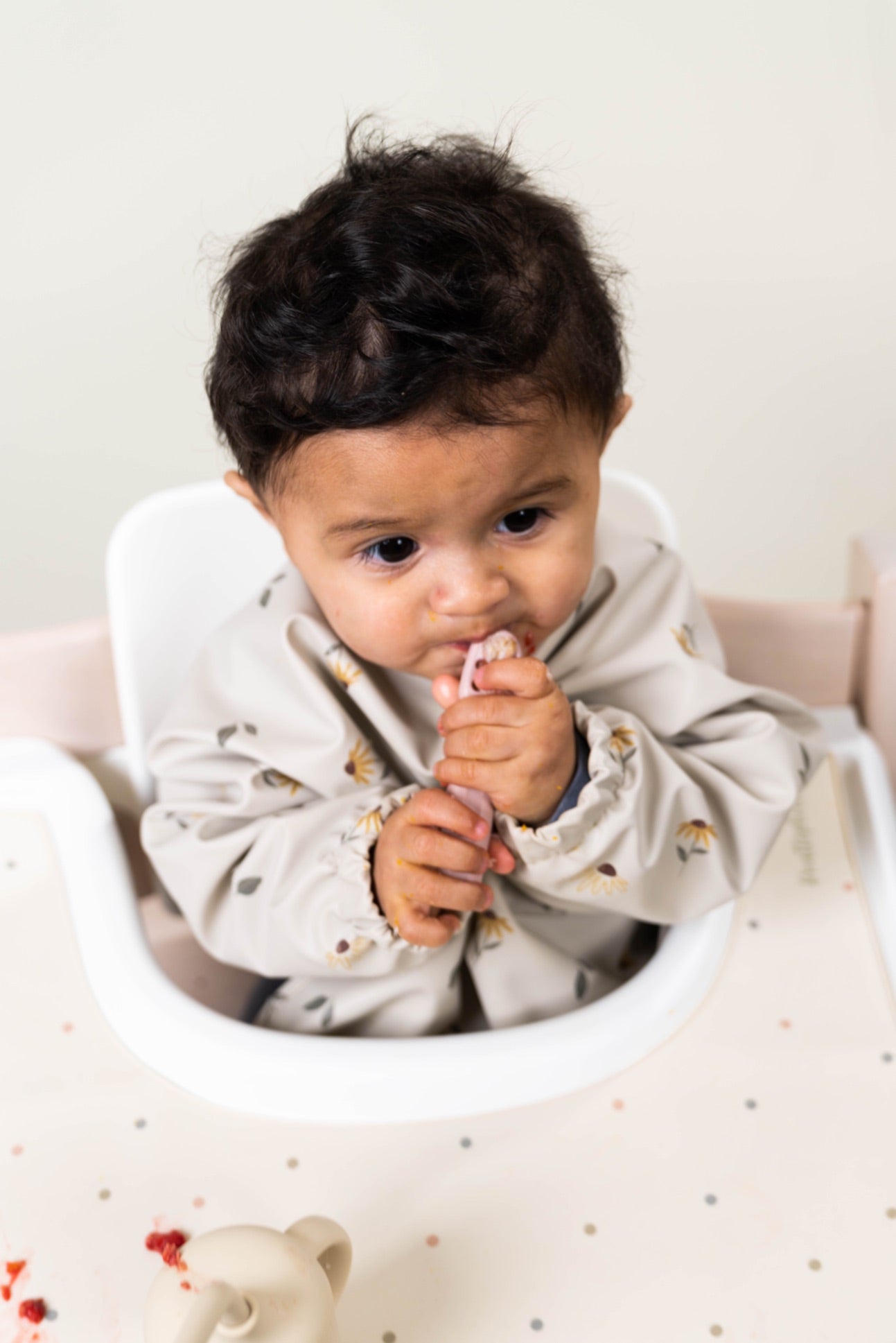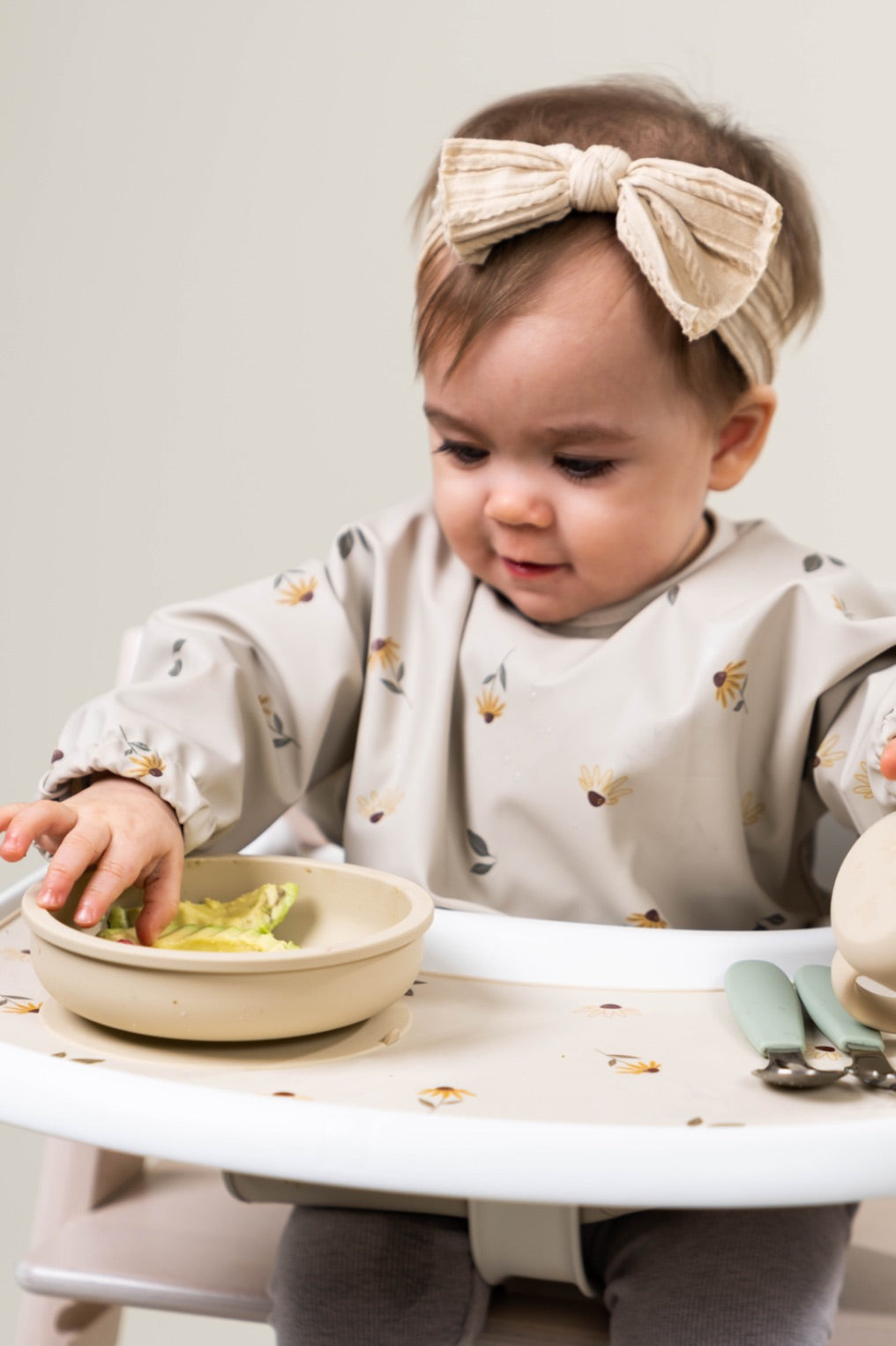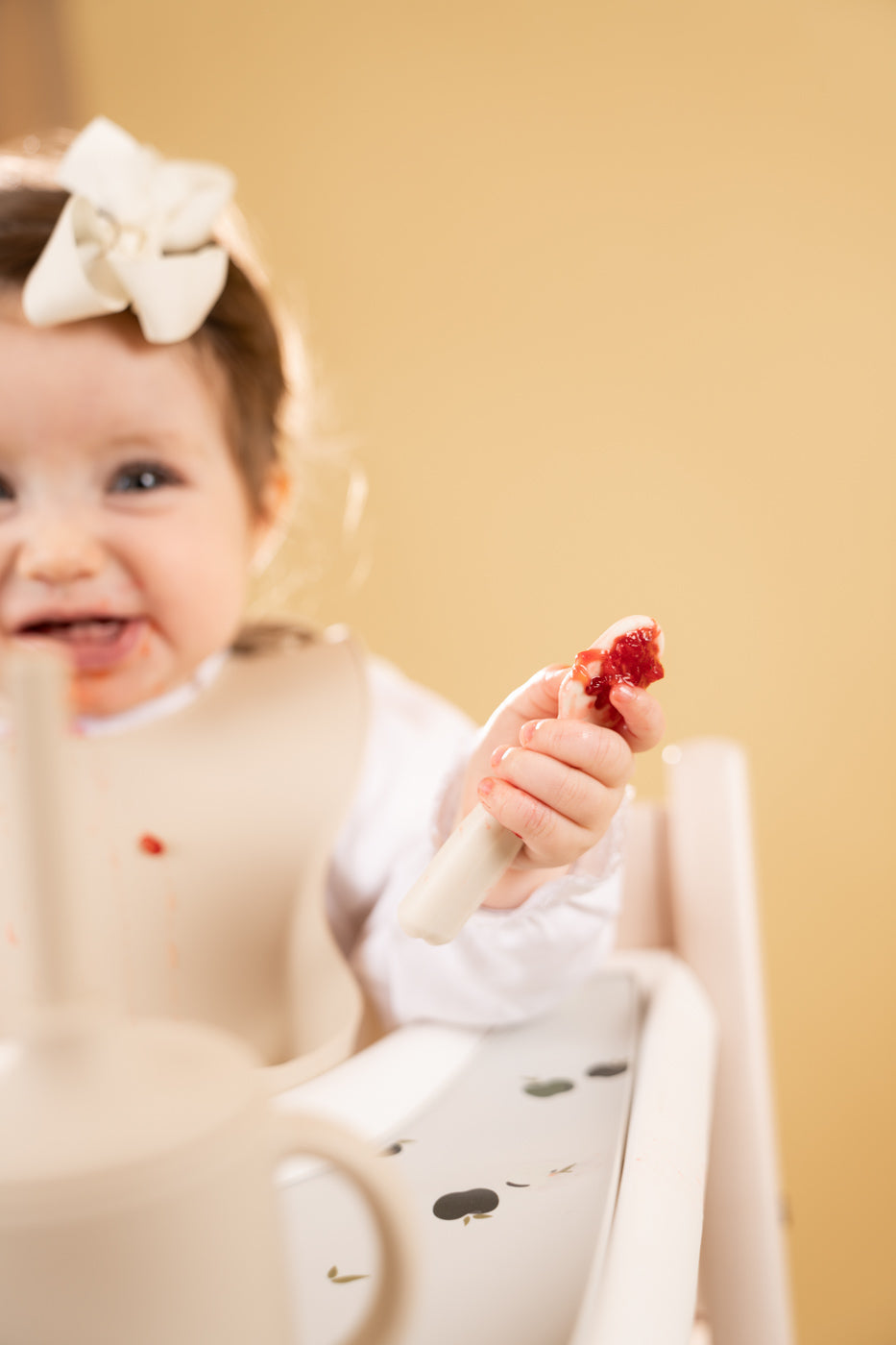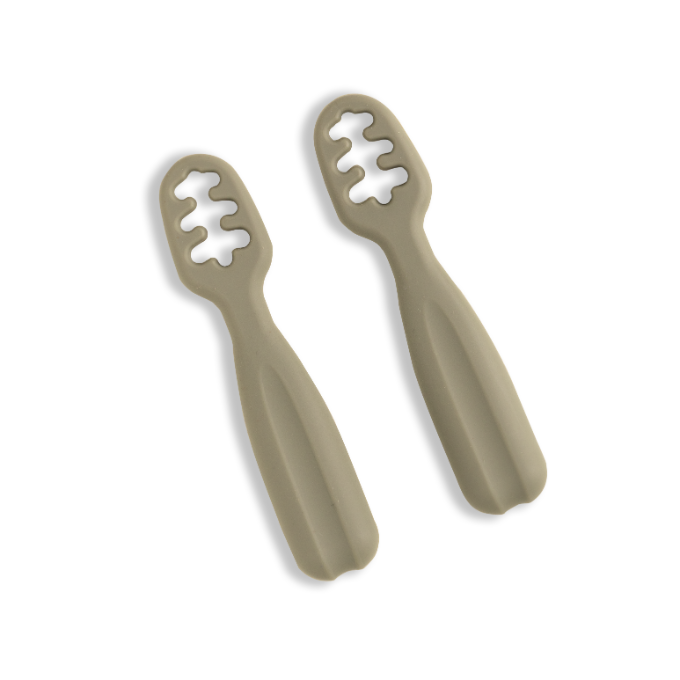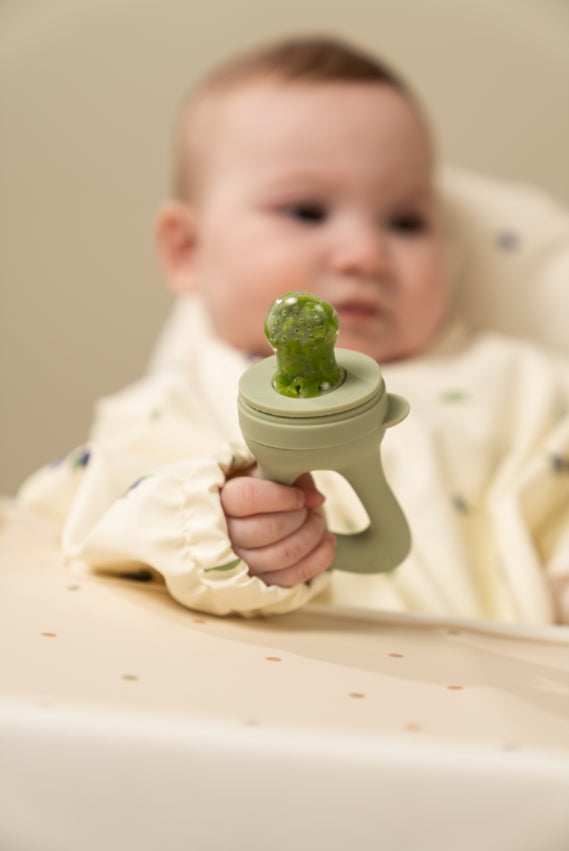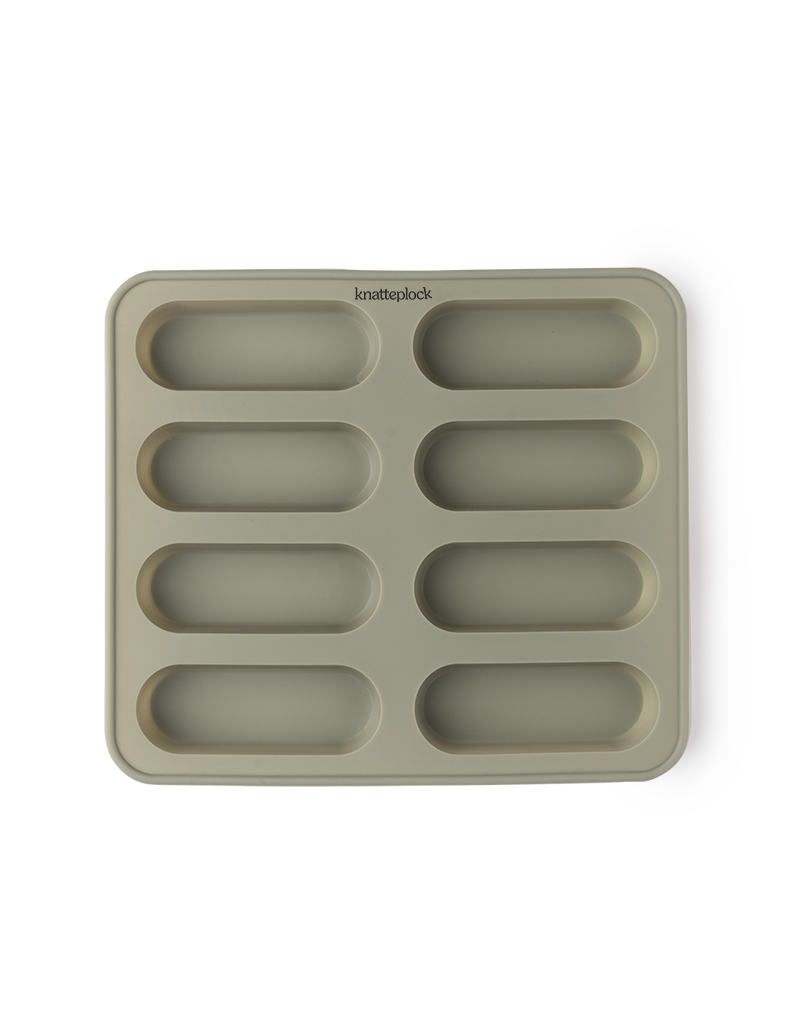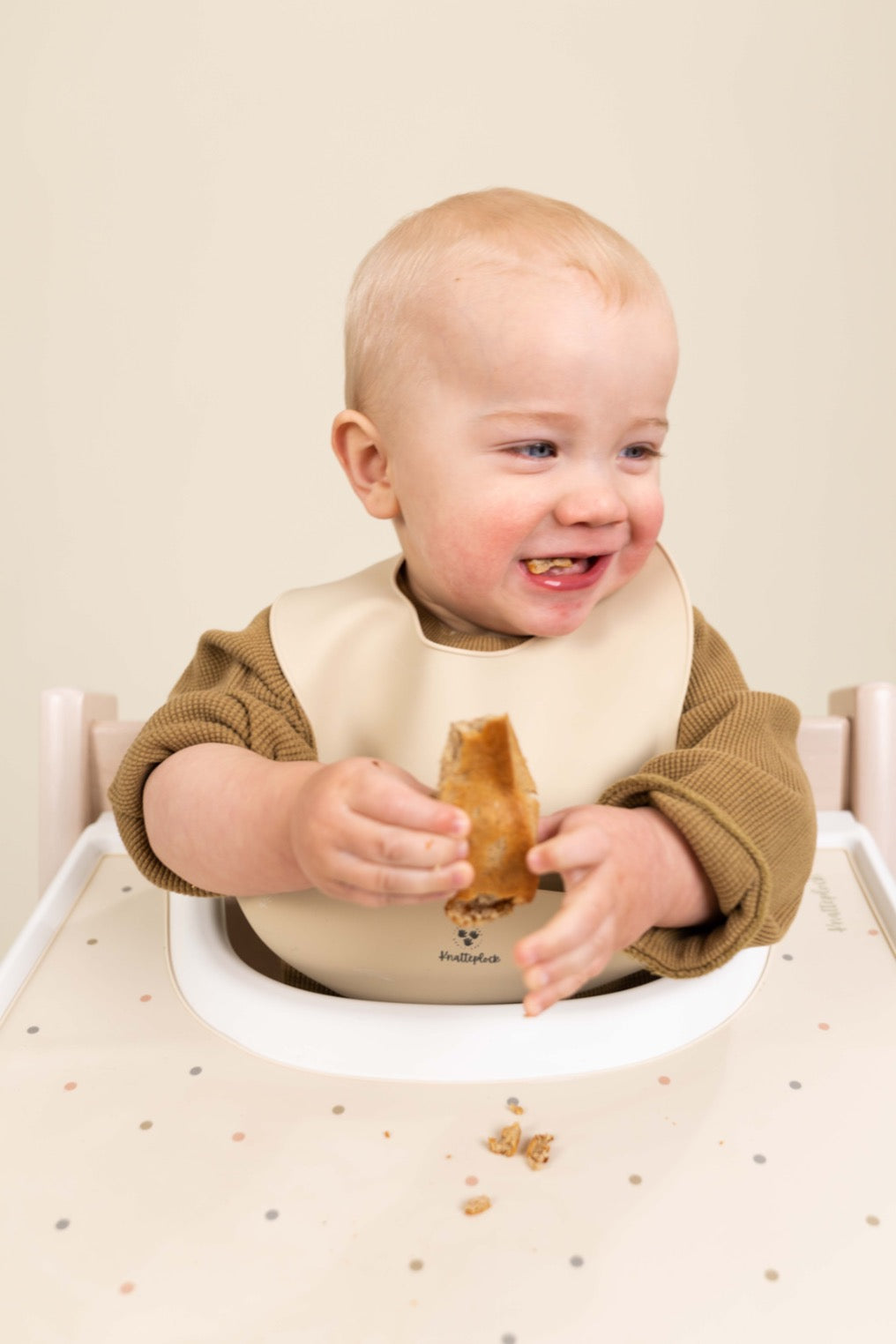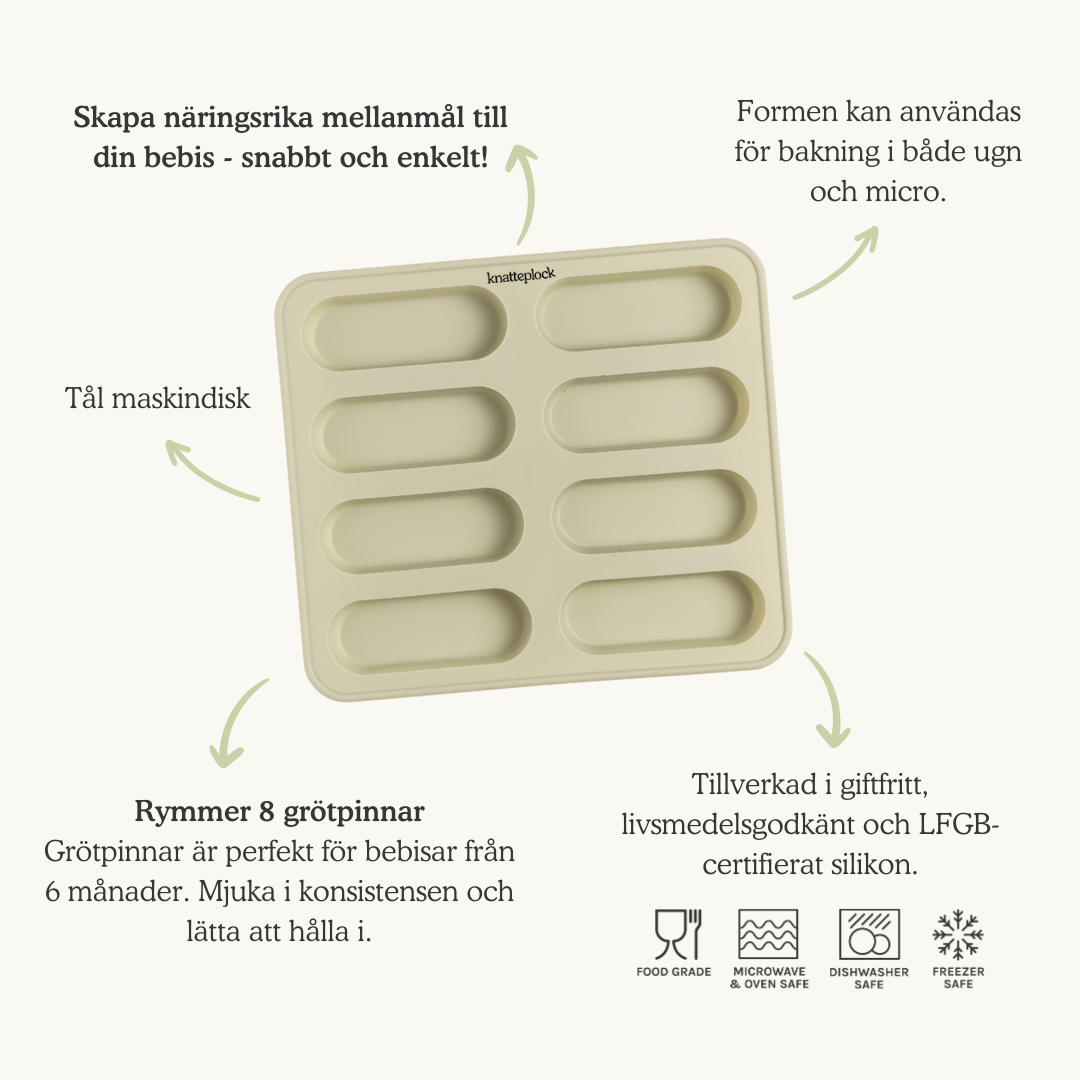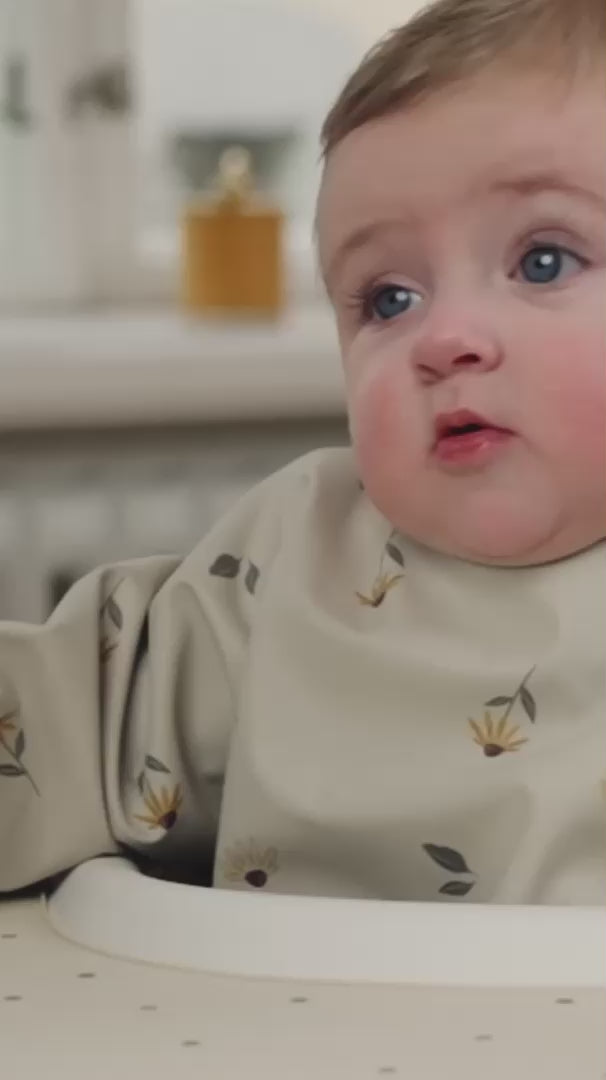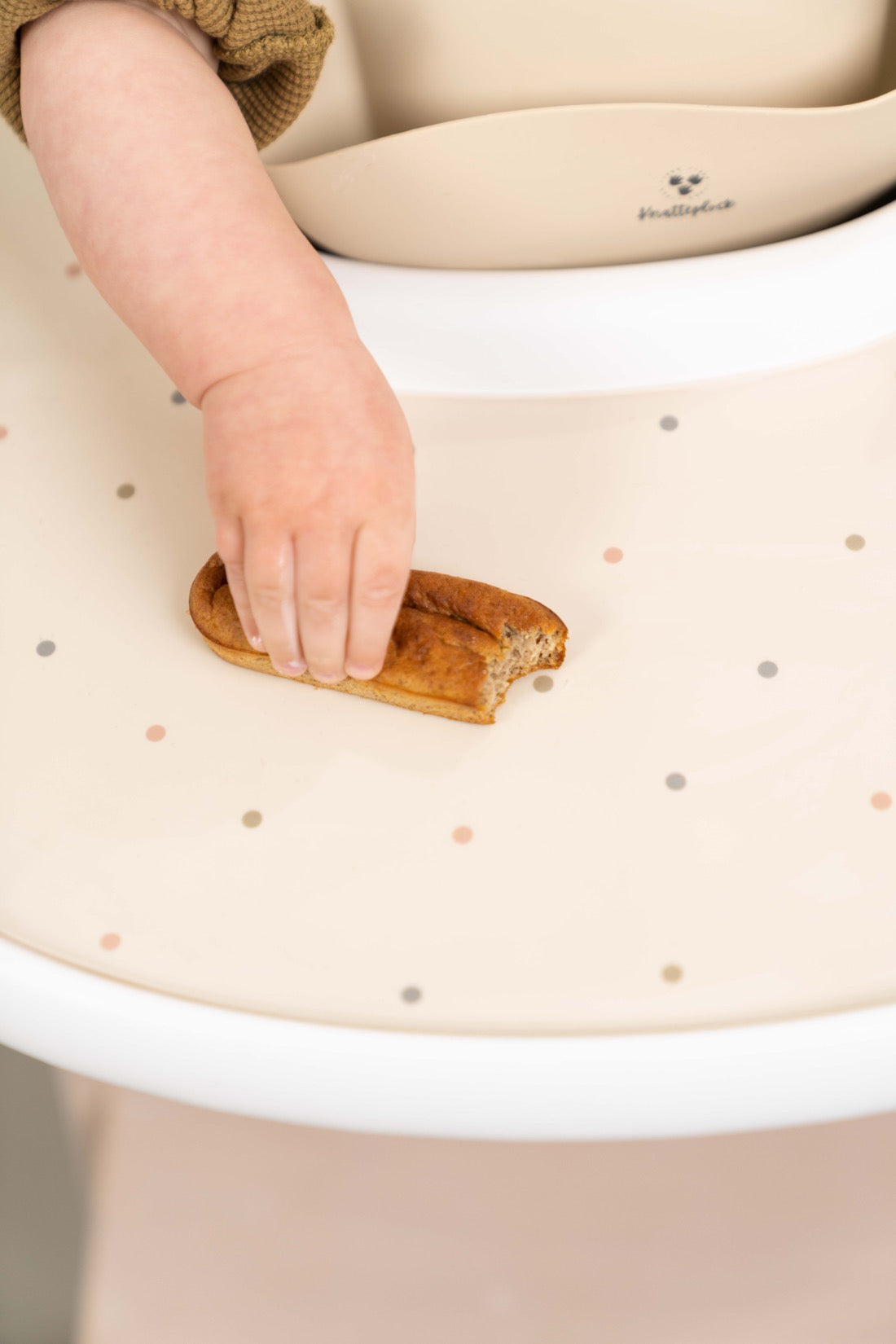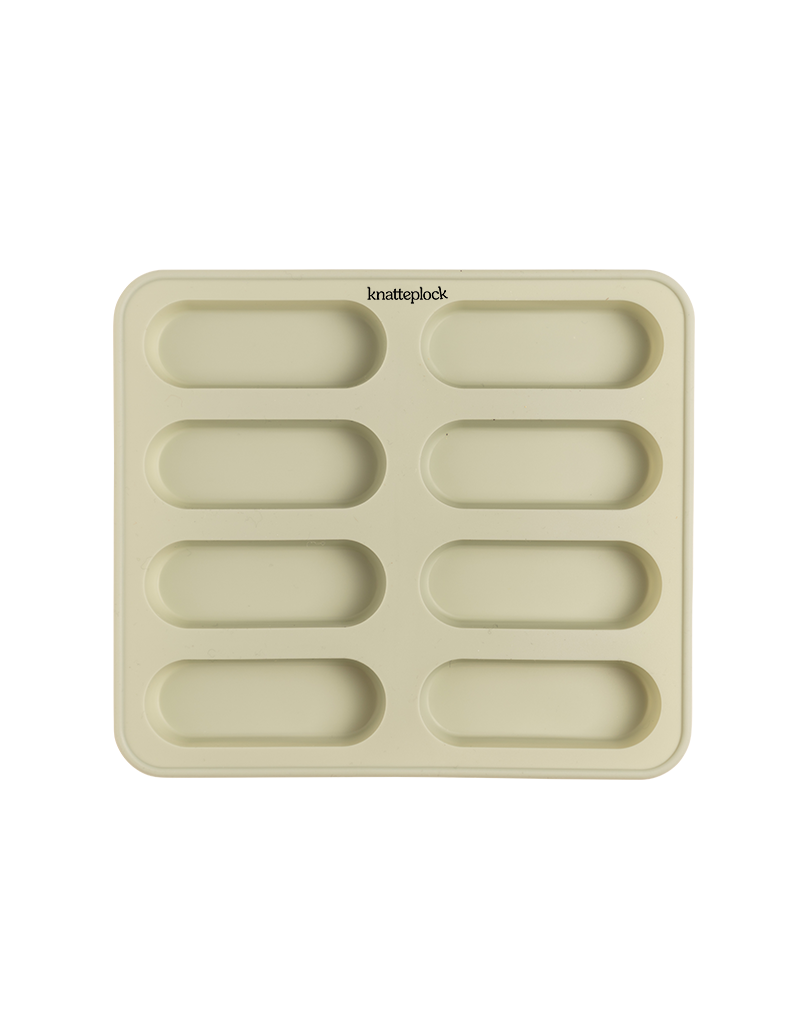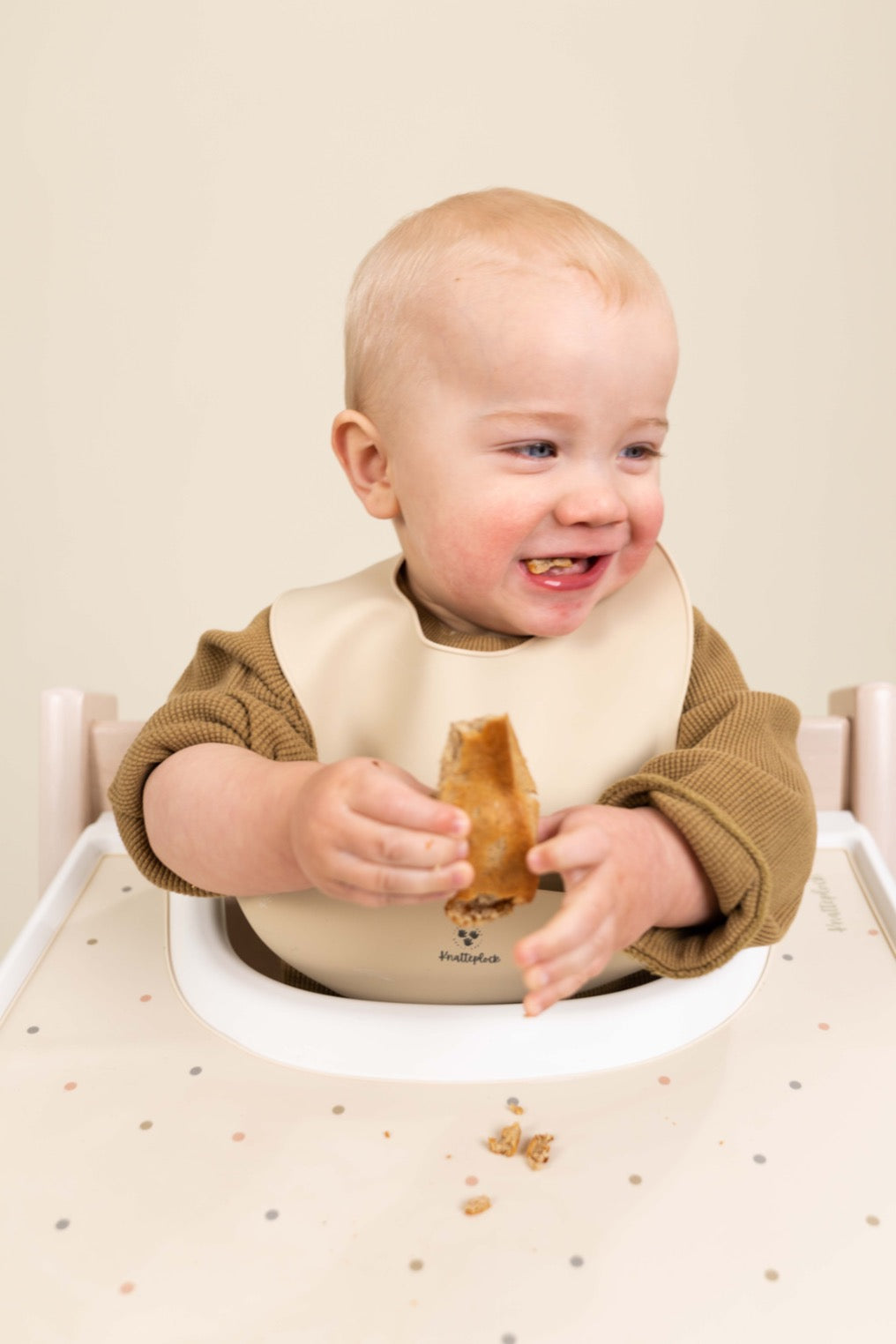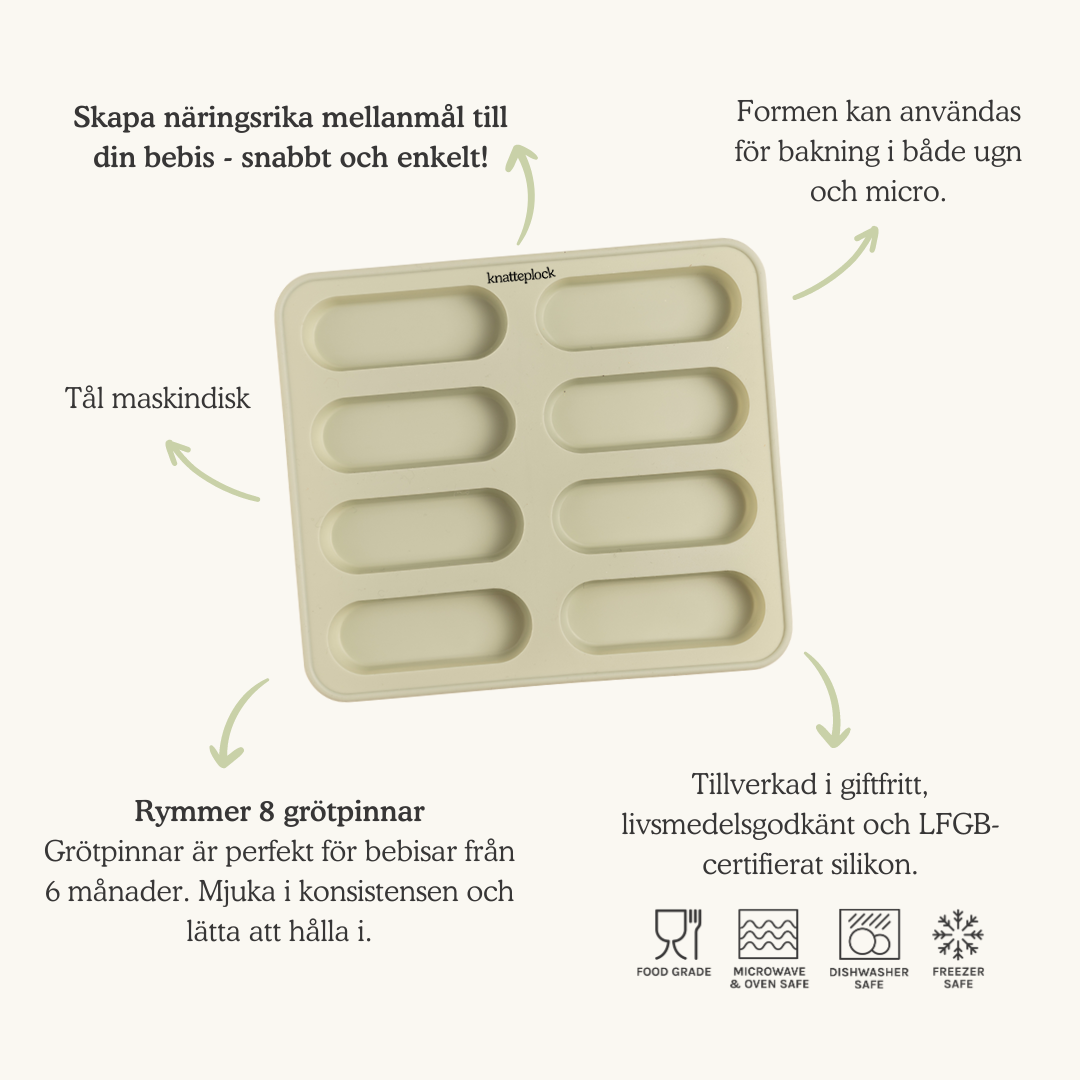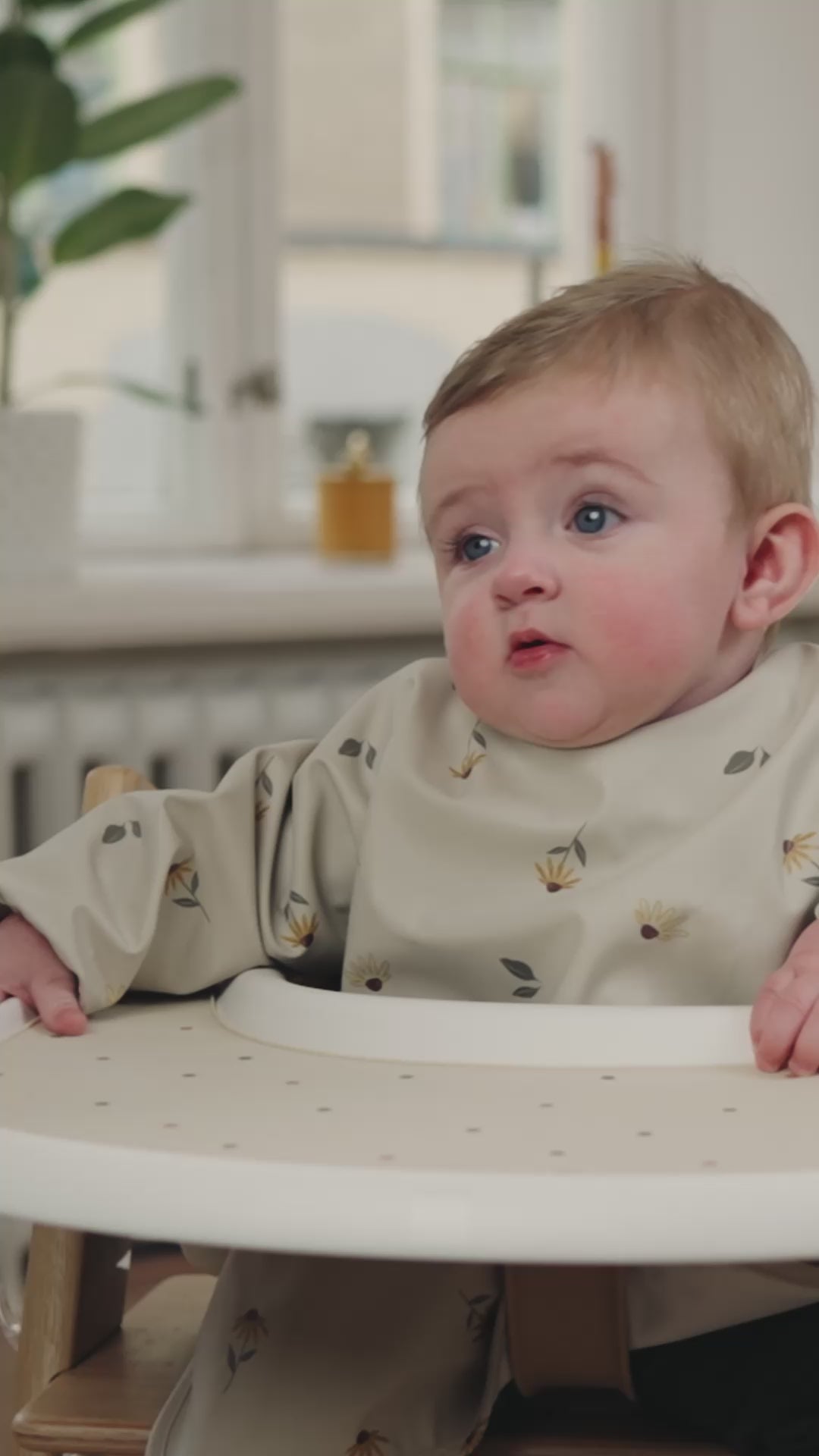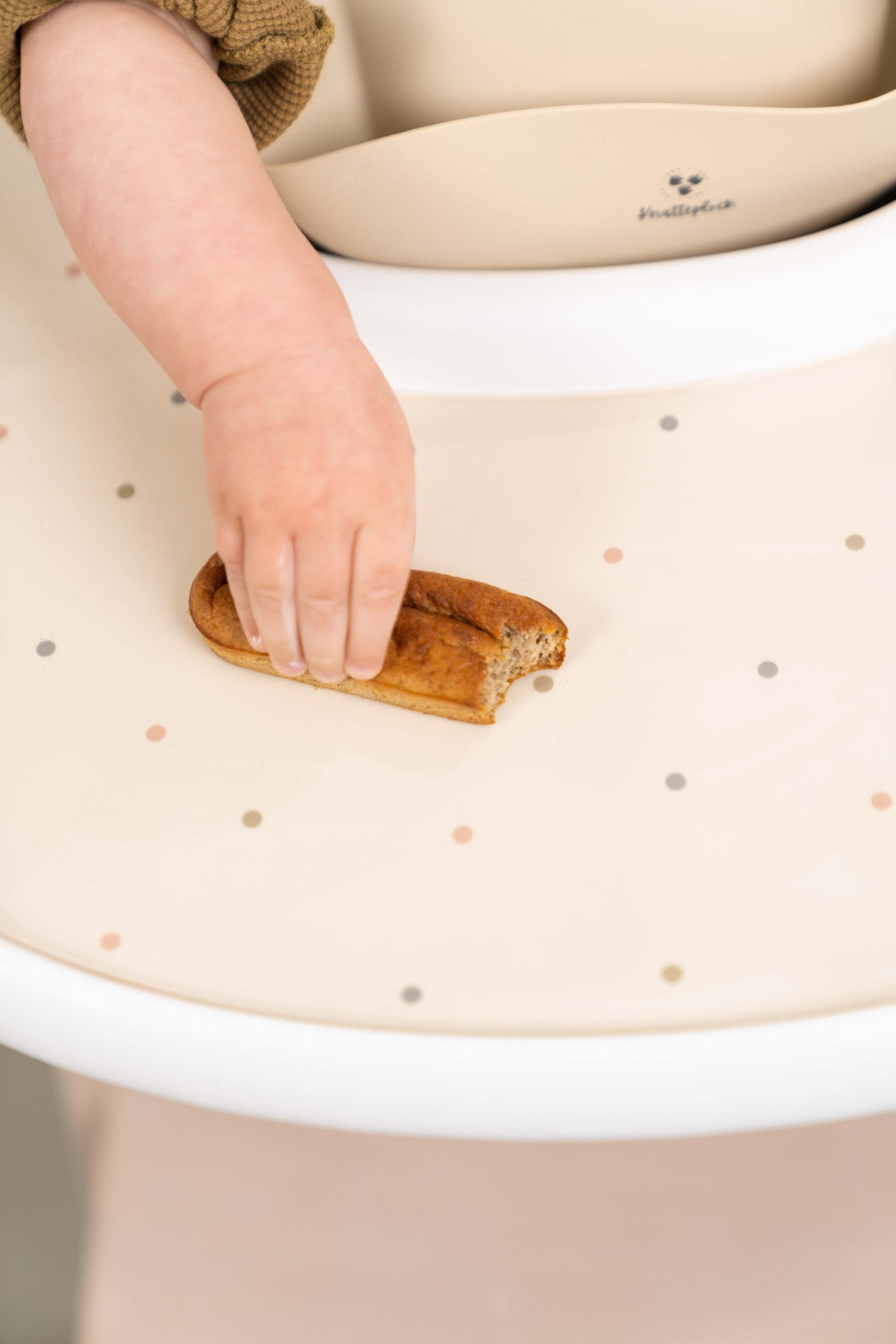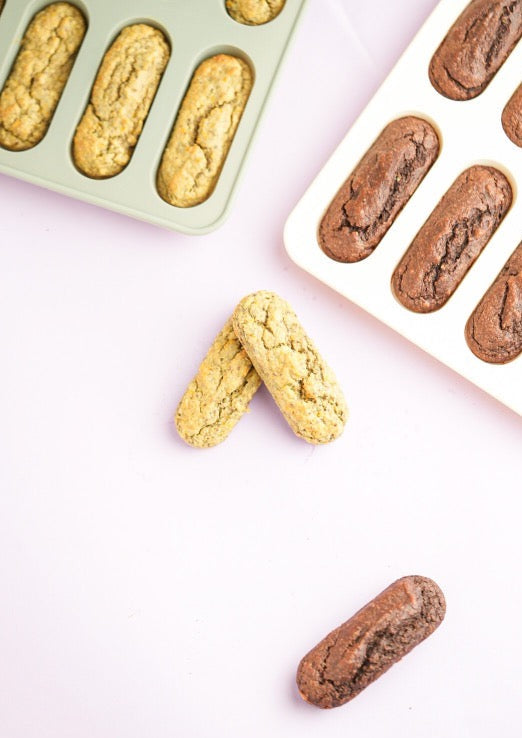Högtider som påsk handlar mycket om umgänge och gemenskap kring maten - härligt tycker vi. Det fina är även att de allra minsta kan vara med – mycket på buffébordet passar faktiskt bebisar från 6 månader, utan att du behöver laga något särskilt.
Det finns många olika variationer på buffébord, och varje familj har sin egen variant. Vi har i detta inlägg försökt att inkludera den allra vanligaste högtidsmaten.

Salt till små barn
När det gäller salt så är det viktigast att undvika till barn som är under 1 år. Ju äldre och större barn desto mer salt kan maten innehålla, även om det inte är bra med för mycket salt för något barn (eller vuxen).
Det är onödigt att vänja barn vid väldigt salt mat då detta kan påverka deras matpreferenser och hälsa på lång sikt. Men på ett högtidsbord en gång så ser jag inga problem med ett litet smakprov på den salta maten, även för bebisar. Däremot är det bra att inte ge stora mängder av till exempel inlagd sill.
Mat på buffébordet
Fisk såsom lax och sill är ofta en stor del av påskmaten. Dock är både sill och rökt/gravad lax ganska salt mat som bebisar inte ska äta några mängder av. Smaka går bra men kokt eller stekt lax är ett bra alternativ.
Ägg är toppenbra mat för de minsta. Ett kokt ägg skäras i bitar eller mosas och spridas på en smörgås. Även stekt ägg fungerar fint att ge i remsor eller små bitar beroende på barnets ålder.
Paj så som västerbottenostpaj är ofta ganska salt mat. Det går bra som smakprov men det går även att byta ut en del av västerbottenosten till tex mozzarella som är en mindre salt ost.
Korv är ett salt livsmedel som precis som andra charketurier inte ska ges mer än i smakprov till de minsta. Egengjorda köttbullar däremot går fint att erbjuda, exkludera gärna saltet i en del av smeten.
Potatis är toppenbra mat för de minsta! Skala och koka dem tills de är mjuka. Servera i klyftor eller i små bitar beroende på ålder på barnet.
Så kan en plocktallrik se ut

I bild: Tallriken högst upp i bild är anpassad för bebisar från 6 månader. Tallriken under är för barn från 9 månader, som kan hantera pincettgreppet.
Efterrätt och påskägg
När det gäller den söta delen av påskbordet så är det för de minsta, bäst att hålla sig till frukt och bär eller baka något naturligt sötat.
